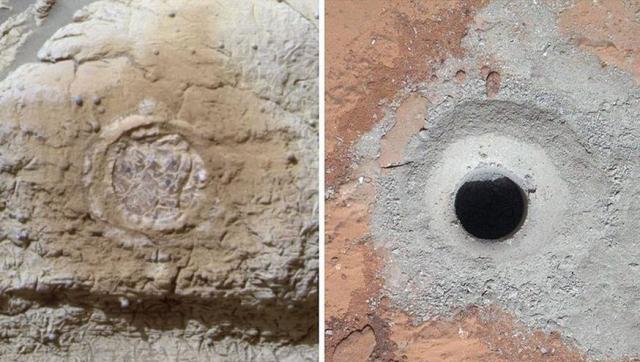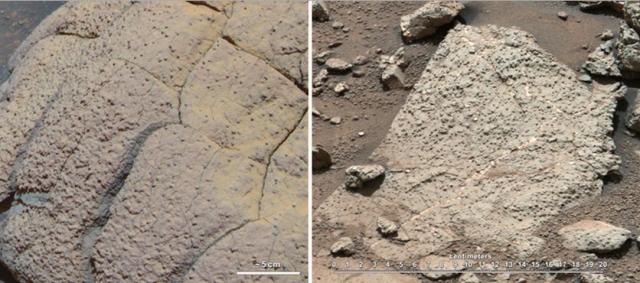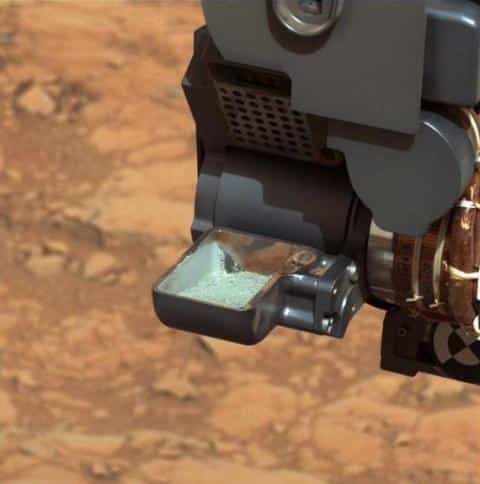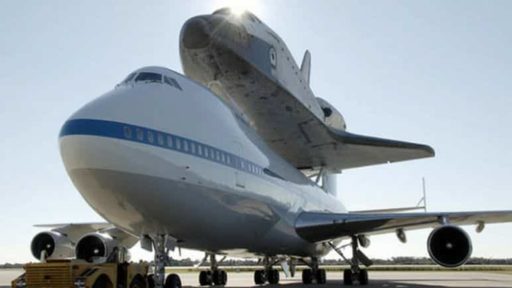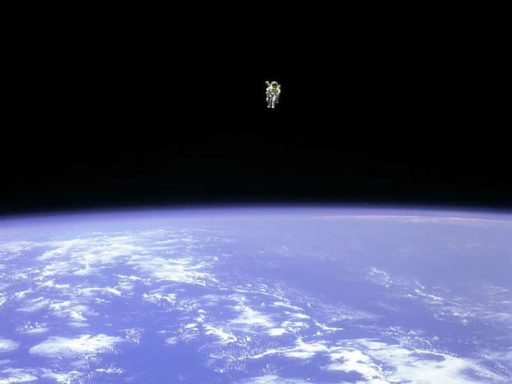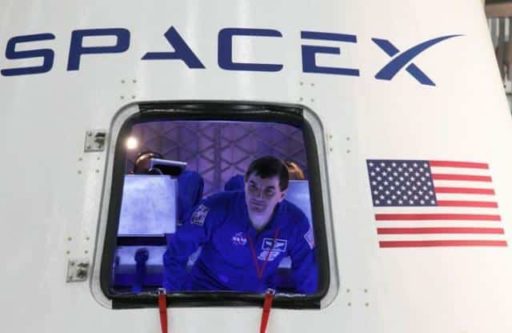Mars rover Curiosity has been roaming around on the red planet since its landing. Since then the world has been eagerly waiting to get further updates about the planet. Last Tuesday at a press conference NASA scientists revealed that Curiosity rover has found that Mars had the essential elements necessary for supporting life.
Before sending Curiosity to Mars, NASA scientists had the belief that Mars used to be covered by a massive ocean (here, massive ocean indicates sign of ‘water’). After reaching Mars, Curiosity started to explore the planet and found some mysterious things on Mars. Such a finding gave NASA scientists a clue that Mars have more mysteries beneath. Curiosity kept its exploration on and finally it has made a startling discovery.
Curiosity drilled a Martian rock/surface last month and started to analyze powdered rock sample using a couple of instruments, named Sample Analysis at Mars (SAM) and Chemistry and Mineralogy (CheMin). It was found that there were sulfur, nitrogen, hydrogen, oxygen, phosphorus and carbon in the powder. These are the elements that can keep microbes alive in real world. For example, Earth-bound microbes use sulfates and sulfides as a source of energy. On the other side, about 20 percent of the sample is made up of clay minerals, which could have been formed when water on Mars mixed with minerals.
NASA scientists said that the Martian environment where the rock sample was found, called Yellowknife Bay, was likely the end of a river system or lake bed that dried up millions of years ago, but that would have been hospitable to microscopic organisms when it was wet. “We have found a habitable environment that is so benign and supportive of life that if this water was around and you had been on the planet, you would have been able to drink it,” said John Grotzinger, Curiosity’s chief project scientist.
Unfortunately, the rover wasn’t able to find evidence of any fossilized microbes themselves or their metabolism, as even its most accurate camera isn’t designed to resolve details that are this small. Still, NASA scientists are saying that the newly uncovered evidence is the strongest yet that life existed on another planet besides Earth.
Scientists will be confirming the results after testing another rock sample.
Source: NASA
[ttjad keyword=”camcorders”]

